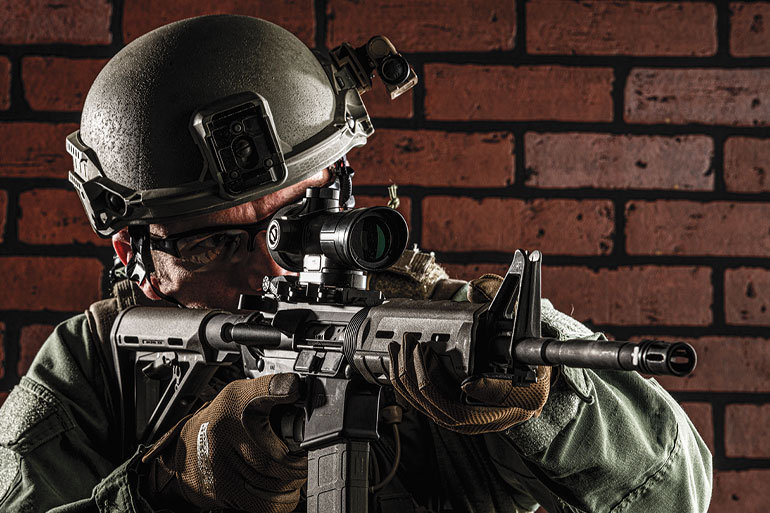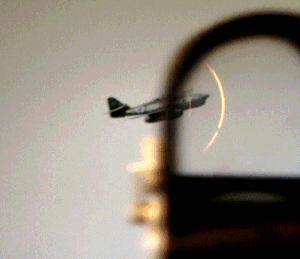What are the main reasons for choosing a red-dot sight over a reflex sight? The reflex has a compact profile and larger field of view.
I am wanting it for an 18" shotgun, or maybe for an AR15. Both are small and will fit onto a long arm. I know the reflex sight will fit better onto a pistol, and the red-dot is usually put onto a long gun. But is there any reason to put the red dot on my AR15 instead of the reflex?

Reflex variety of sight
vs
your red-dot sight

Brand is not the question. Just wanting to know which style to choose over the other and why.
I am wanting it for an 18" shotgun, or maybe for an AR15. Both are small and will fit onto a long arm. I know the reflex sight will fit better onto a pistol, and the red-dot is usually put onto a long gun. But is there any reason to put the red dot on my AR15 instead of the reflex?

Reflex variety of sight
vs
your red-dot sight

Brand is not the question. Just wanting to know which style to choose over the other and why.






